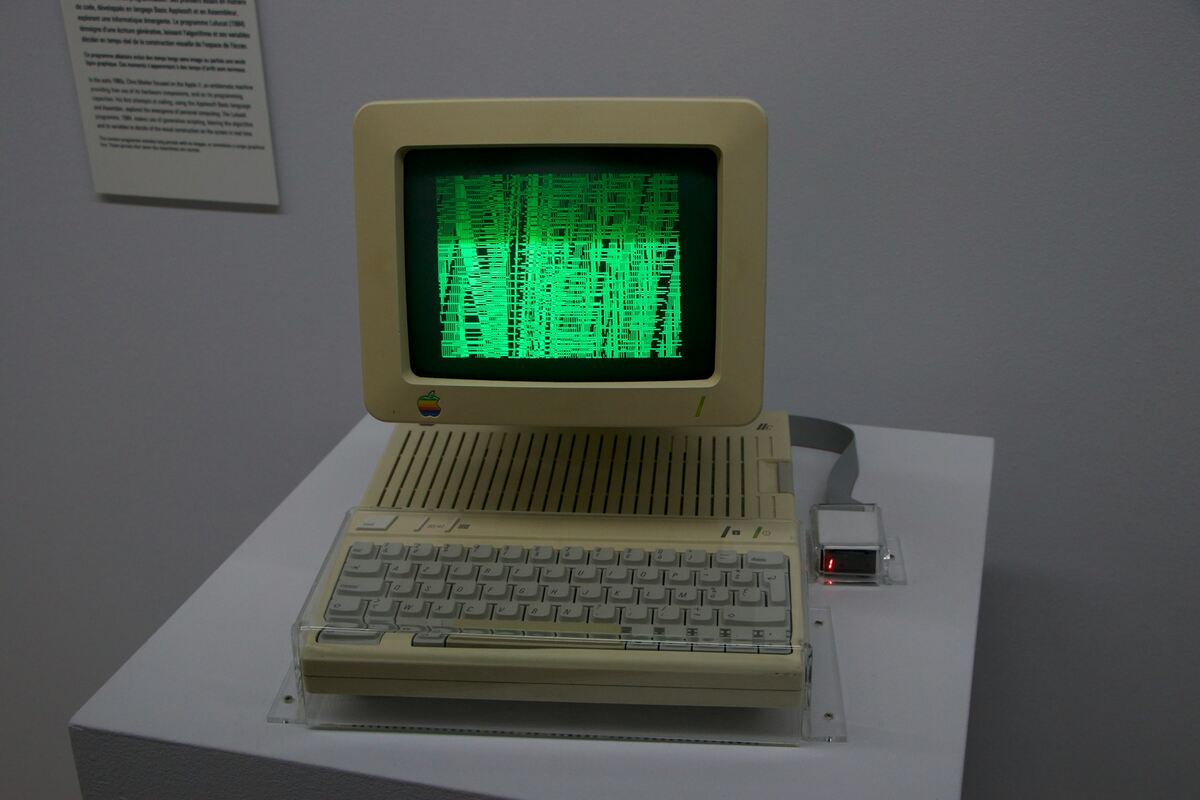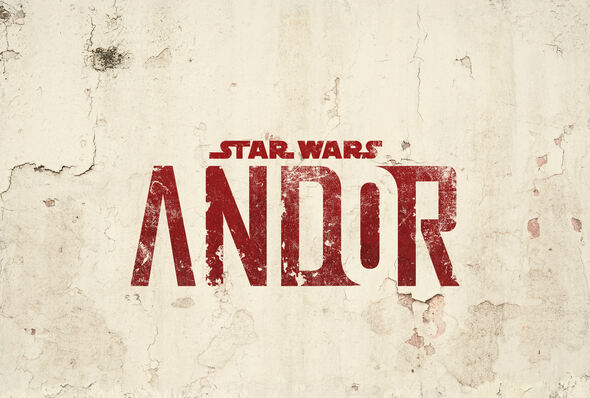Summary:
Green-on-black computer interfaces in TV shows and movies, like those seen in "Silo," are rooted in the historical use of green phosphor screens in early computing. This aesthetic became a symbol of technology due to its readability and nostalgic value, often used in sci-fi to evoke retro or hacker themes. Despite evolving color trends in modern productions, green remains a potent visual cue for classic computer technology.
I was watching an episode of the TV show Silo recently when there was a part involving the usage of a computer. Since the tech on the show is portrayed as slightly classic or retro the interface was primarily green against a black background. I began to wonder why this is such a common choice when it comes to displaying computer screens in a lot of shows.
A quick search on Perplexity brought with it some interesting answers. Turns out there is more to it than meets the eye.
Historical Roots
The prevalence of green interfaces in science fiction movies and shows is deeply rooted in the history of real-world computer technology. In the early days of personal computing, many monitors were monochrome and used green phosphor screens, commonly referred to as "green screens." These displays were widespread from the 1970s through the 1980s because green phosphor had several technical advantages: it provided a clear, high-contrast image, and the green phosphor's long afterglow helped reduce flicker on low-refresh-rate monitors, making text easier to read for extended periods. As a result, green-on-black became synonymous with computer interfaces during this era.
Aesthetic and Nostalgia
This green-on-black aesthetic became a visual shorthand for computers and advanced technology in media. Sci-fi productions adopted this look to quickly communicate "computer interface" to audiences, leveraging the familiarity and authenticity it provided. Over time, green text has become associated with hacker culture and retro computing, as seen in iconic films like The Matrix, where cascading green code evokes both nostalgia and a sense of technological mystique.
Practicality for Filmmaking
From a production standpoint, green text and interfaces are visually striking and readable on camera, especially against dark backgrounds. Green is one of the most perceptually intense colors for the human eye, making it stand out even under various lighting conditions. This ensures that on-screen graphics remain legible and eye-catching, which is crucial for storytelling and audience engagement.
Symbolism and Trends
Green is often used to signify "active," "safe," or "operational" status in interface design, both in fiction and real-world UI conventions. In sci-fi, this can help quickly communicate the state of a system or device. Additionally, the use of green (and sometimes blue or red) aligns with broader trends in sci-fi production design, where color choices help differentiate subsystems or convey mood
Evolution and Shifting Aesthetics
While green was dominant in earlier sci-fi due to its historical and technical roots, the color palette of sci-fi interfaces has evolved. Modern productions often favor blue or multi-colored interfaces, influenced by advances in display technology and changing audience expectations. However, green remains a powerful visual cue for "classic" computer technology, especially when evoking a retro or hacker vibe.





